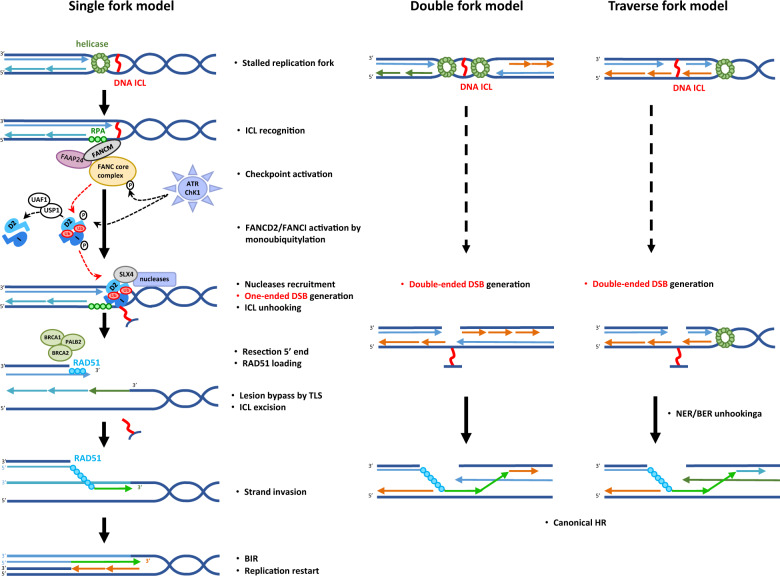Fig. 4. Repair of stalled forks by the FANC/BRCA pathway due to ICL.
Different models are proposed in literature. In “single fork” or “double forks” models, replication forks are stalled at DNA ICL and recognised by FANCM-FAAPs (FAAP24). FANCM promotes the ATR-kinase dependent checkpoint response. The FANC core complex is activated and monoubiquitylates the FANCD2-FANCI complex. FANCI-FANCD2-ub complex and SLX4 are located in the chromatin and promote SLX4/nuclease activities in ICL unhooking. A double-strand break (one-ended or double-ended) is generated to allow subsequent resection and strand invasion by homologous recombination mediators in a process named break-induced replication (BIR) or canonical HR. In “traverse” model, FANCM after FANCD2 recruitment on ICL translocates in another side by MCM interaction to continue DNA synthesis. ICL repair is postreplicatif.

